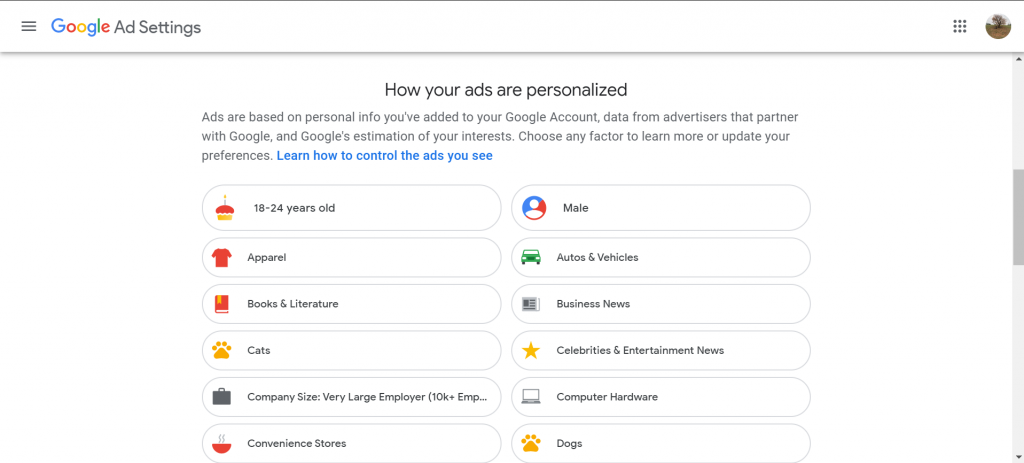Since its introduction, artificial intelligence has impacted various fields; including labor, healthcare, education, transportation and especially marketing. In marketing, AI has brought radical change in the way enterprises approach and perceive their target customers.
In order to bring better customer experience, companies have adopted this new tech trend and put several applications into use.
Searching tool
First, NLP (Natural Language Processing) systems can help search services “guess” what users mean when they querry strange or keywords.
One popular AI-powered system being implemented now is RankBrain by Google. Using machine learning, this algorithm is able to understand incomplete querries, typos, and moreover, guess the user’s intention; so that they can provide the proper search results, improving user’s experience of the platform.
Developing relationships with customers
Another application of AI in marketing is to help companies capture customer information, analyze purchasing behavior, thence improve their shopping experience. Behaviors can be articulated through customer behavior KPIs (average time on site, number of interactions…).

These benefits come in forms of CRM systems, automated filtering processes, recommendation systems for cross-selling or up-selling, and even fraud detection algorithms.
Programmatic Advertising
With better understanding of the customer, better statistical computing alongside with automation power; advertising are becoming more and more dynamic and customized, both on online and out-of-home platforms.
The core principle is, trying to find the same patterns among people with certain demographics.
In offline advertising, companies can take advantage of the strengths of Camera AI to optimize advertising cost. The Camera will identify the type of customer who is approaching the ad, then change the ad template to suit the audience based on their gender and age. This is gradually improving the efficiency of these ads, making these ads really “live”.
Online marketing is where ads really become personalized. The prominent example is Google Ads and Google Display Network. Customer information (demographics, behavior) is collected all over on the internet, sometimes when people search, sometimes when they watch Youtube videos, and sometimes even through websites they visit. Thanks to this great volume of data and feedback, Google is able to segment their customers and predict things that might interest a certain group before they are even aware of those.

Conclusion
Artificial intelligence is an inevitable development trend in the digital age. The application of AI to the fields of socio-economic activities, specifically marketing activities, is not only useful but also necessary. However, the problem that businesses need to keep in mind is the “application but not dependence” on AI.
Building a trading strategy or more specifically developing relationships with customers needs to be done by humans because it requires in-depth thinking. Artificial intelligence – AI, though useful, is ultimately an achievement from human creativity and will certainly not replace human intelligence. To sum up, smart machines require smart scoping of problems.
As mentioned throughout the article, good input data is vital in developing meaningful AI algorithms.
You can refer to AI labeling, the foundation for AI here or join our webinar this July below:

